Dive down into highly magnified images of the materials that make up the buddhas and the bodhisattva head. Click any image to look closer.
Dive down into highly magnified images of the materials that make up the buddhas and the bodhisattva head. Click any image to look closer.
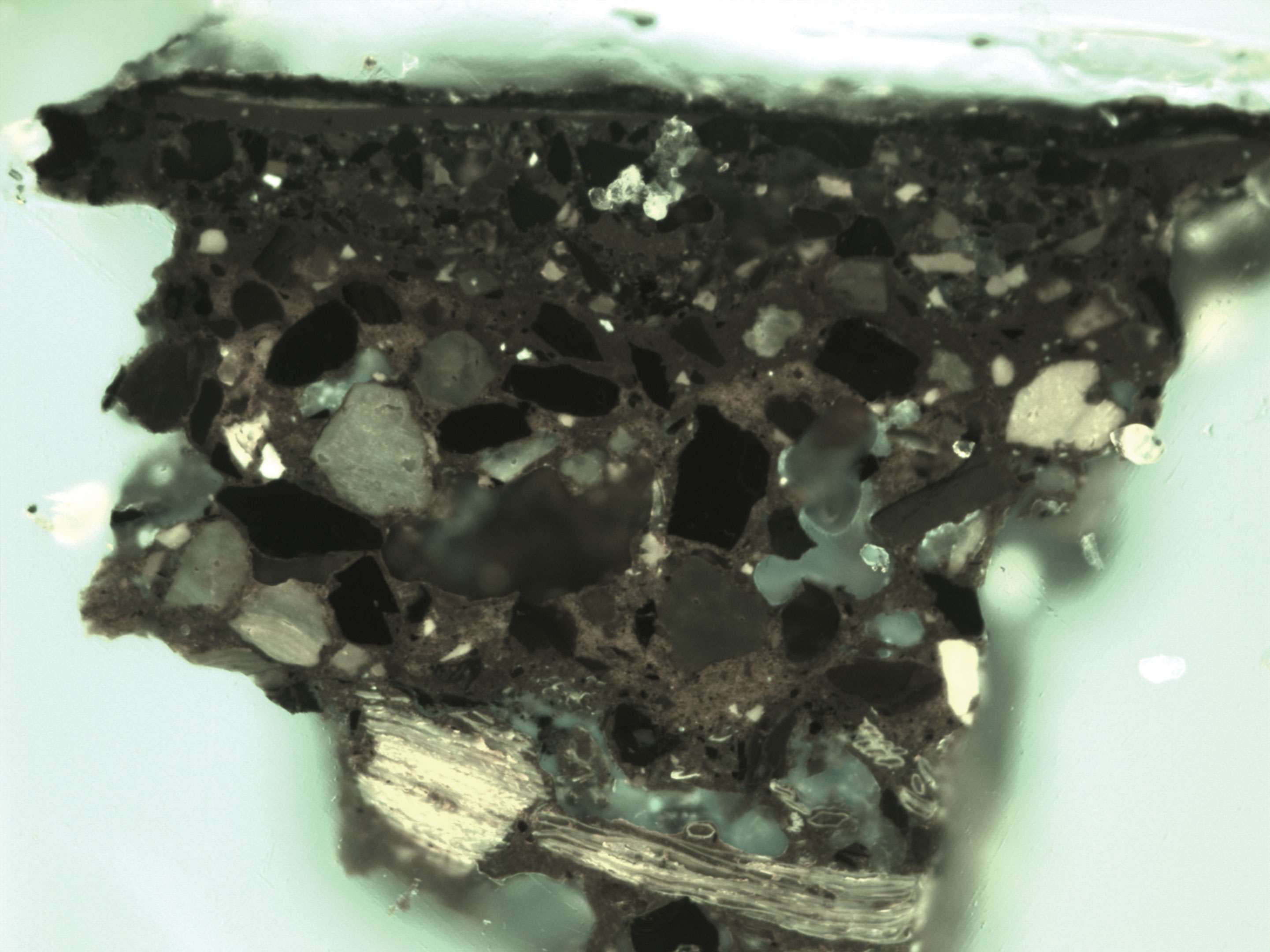
Different types of microscopy reveal different elements. This one shows the bodhisattva’s lacquer layers in visible light.
Images by Blythe McCarthy, Freer|Sackler

Microscopy often makes things more visible. This cross section of the bodhisattva under ultraviolet light identifies its lacquer layers.
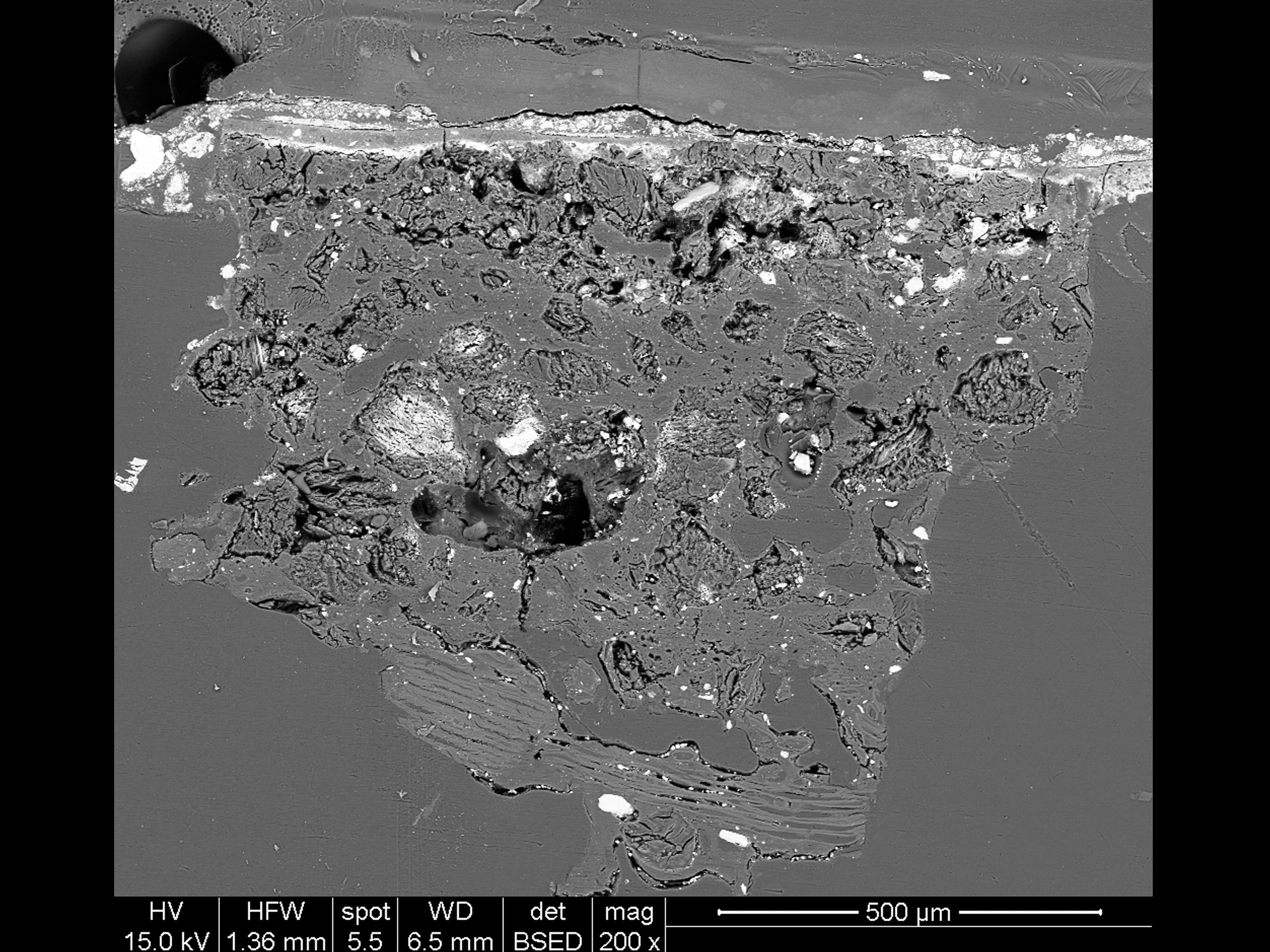
Backscattered electron imaging lets us see different chemical elements, as in this cross section of the bodhisattva.
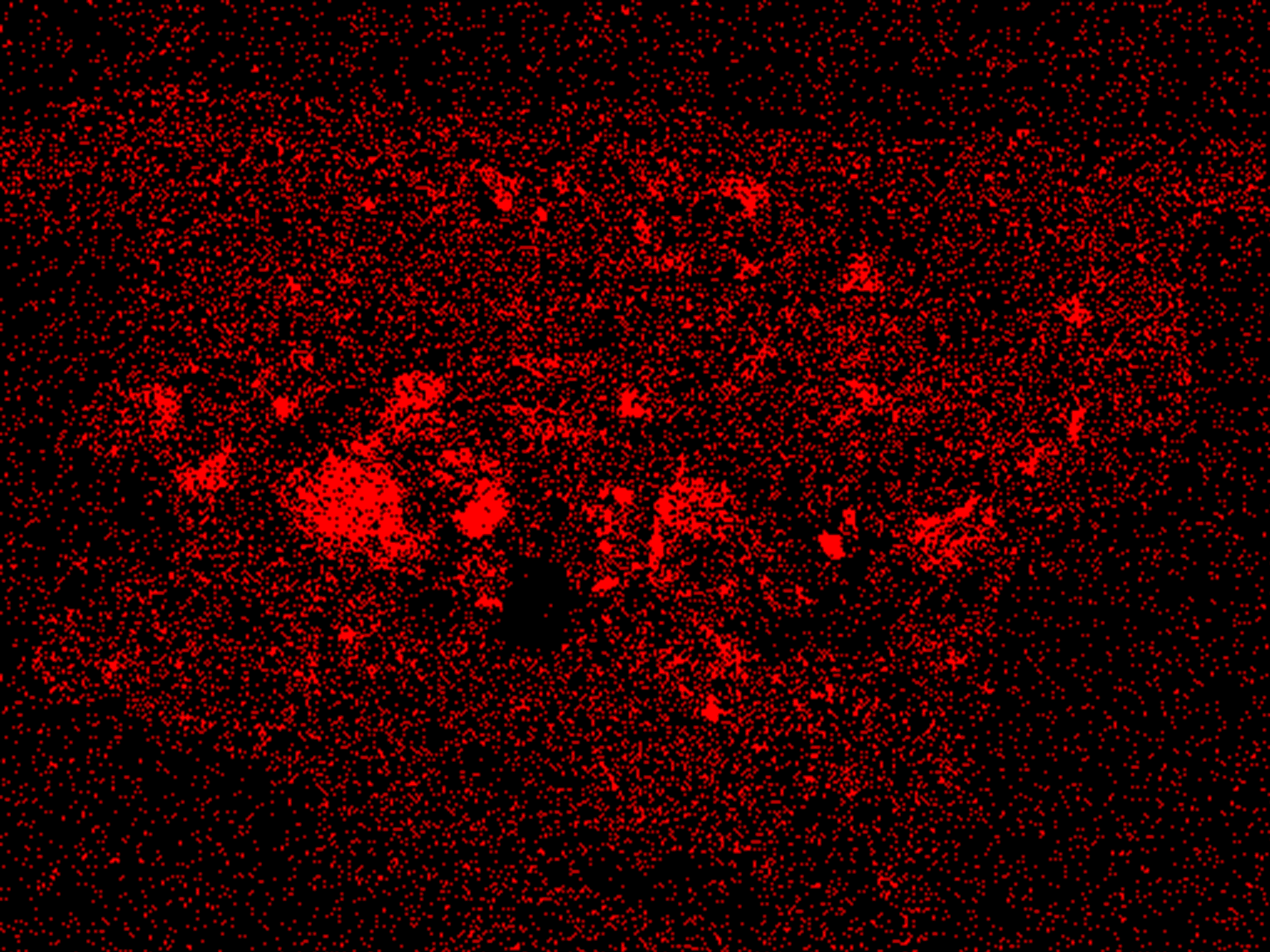
Bone is made of calcium and phosphorus. This X-ray map shows calcium in the bodhisattva.

Bone is made of calcium and phosphorus. This X-ray map shows phosphorous in the bodhisattva.

Looking into the hollow interior of the Freer buddha from the bottom
Images by Donna Strahan, Freer|Sackler

Looking up into the hollow head area inside the Freer buddha

Closeup views let us see features of the textile. This one shows the weave of the textile strips inside the Freer buddha.

Textile and lacquer layers along the bodhisattva’s edge
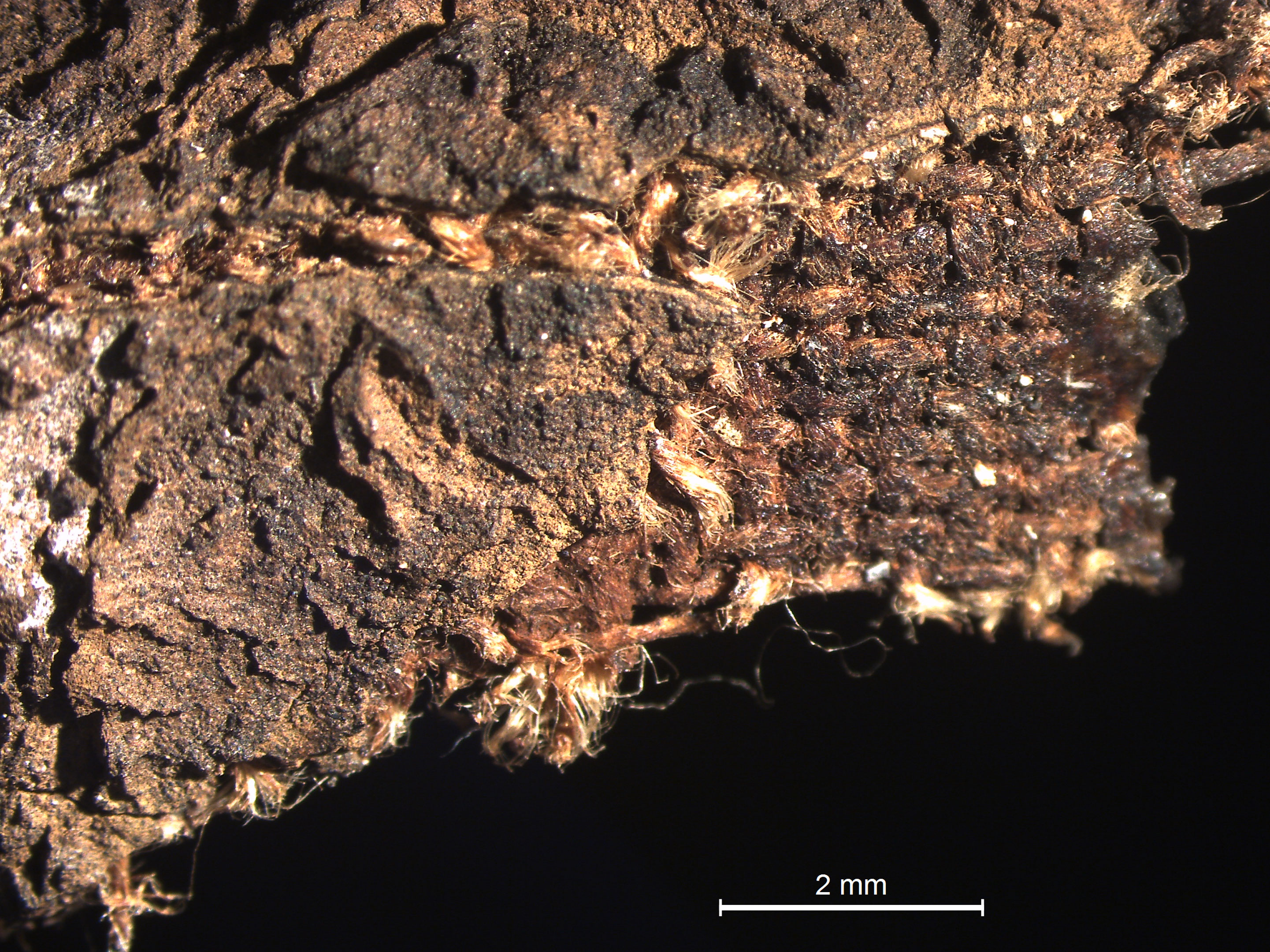
Close-up of textile weave on the bodhisattva. It is a plain weave textile.

A fiber from the textile was examined under the polarized light microscope. Its shape and bright colors under specific lighting conditions identify the textile as hemp.

Freer buddha
Images by Donna Strahan, Freer|Sackler
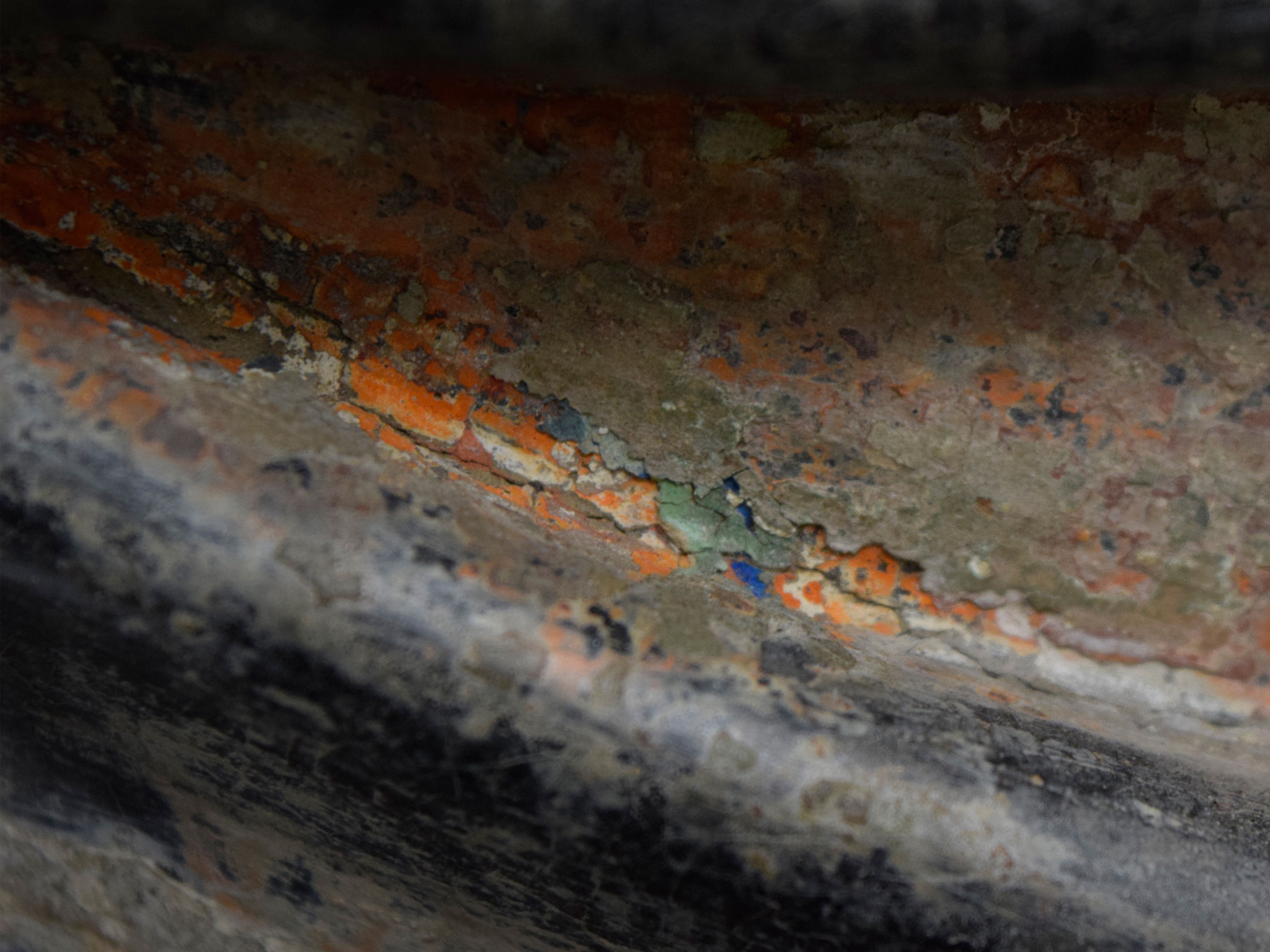
Close-up of paint layers on the robe from multiple restorations over the centuries

Cross sections reveal the order in which the pigments were painted. This one shows multiple pigment layers in between white ground layers on top of the brown lacquer.



